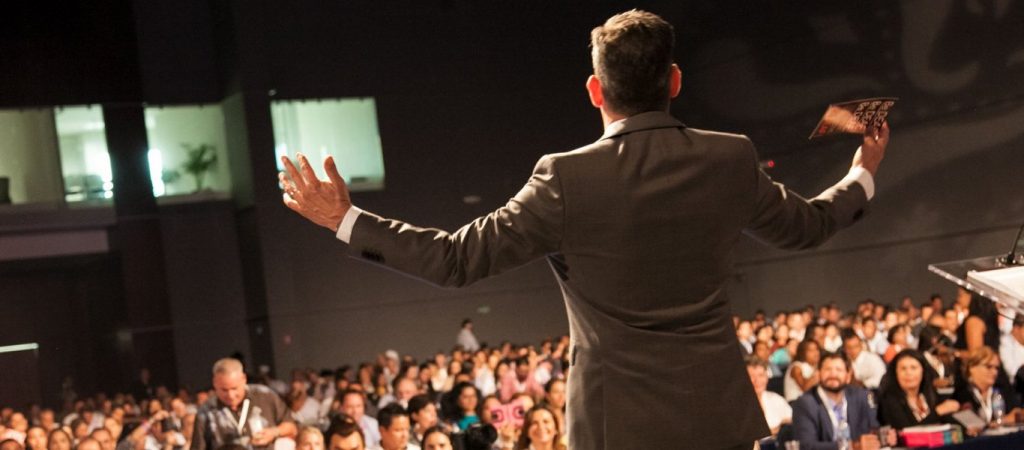Immunohistochemistry (IHC) is a vital technique widely used in biomedical research and diagnostic pathology to detect specific antigens in tissue sections. Despite its widespread use, ihc troubleshooting is often necessary due to the complexity of the method and the many variables involved. This article aims to provide a detailed overview of common issues encountered during IHC and offer practical solutions to improve the quality and reliability of staining results.
One of the most frequent challenges in IHC troubleshooting is nonspecific staining or background noise. This issue can obscure the interpretation of results and reduce assay specificity. Causes of nonspecific staining often include inappropriate antibody concentration, insufficient blocking steps, or poor tissue preparation. To address this, optimizing the primary antibody dilution and ensuring proper blocking with serum or commercial blocking agents are essential. Additionally, careful tissue fixation and antigen retrieval can significantly enhance signal-to-noise ratio, a critical aspect of effective IHC troubleshooting.
Another common hurdle in IHC troubleshooting is weak or absent staining, which may result from inadequate antigen retrieval or degradation of the target protein. The choice of fixation method—whether formalin-fixed paraffin-embedded or frozen tissues—affects antigen availability and must be carefully considered. When encountering weak signals, adjusting the antigen retrieval method, such as varying pH or temperature of retrieval buffers, can restore epitope accessibility. Furthermore, the selection of a high-quality primary antibody validated for IHC is crucial to ensure reliable detection. Regular testing of antibody batches and proper storage are integral parts of successful IHC troubleshooting.
Inconsistent staining across tissue sections can also complicate data interpretation and is a significant concern in IHC troubleshooting. Variability may stem from uneven tissue processing, inconsistent reagent application, or technical errors during incubation steps. Standardizing protocols, including precise timing and temperature control, is essential to minimize variability. Automated staining platforms can reduce human error and enhance reproducibility, making them valuable tools in advanced IHC troubleshooting strategies.
The issue of cross-reactivity with secondary antibodies is another factor frequently encountered during IHC troubleshooting. Cross-reactivity may cause false-positive results and complicate the identification of target antigens. Using species-specific secondary antibodies that have been pre-adsorbed to remove cross-reactive immunoglobulins can significantly reduce this problem. Additionally, including proper controls, such as isotype controls and secondary-only controls, aids in distinguishing true staining from artifacts, a key principle in effective IHC troubleshooting.
Fluorescent IHC introduces its own set of troubleshooting challenges, including photobleaching and autofluorescence. Photobleaching leads to the loss of signal over time when fluorescent dyes are exposed to light, whereas autofluorescence can mask specific staining signals. To combat these issues, minimizing exposure to light during sample preparation and imaging is crucial. The use of antifade mounting media and selecting fluorophores with higher photostability are common solutions in fluorescent IHC troubleshooting. Additionally, implementing spectral unmixing techniques or choosing fluorophores with emission spectra distinct from autofluorescent compounds can improve signal clarity.
Proper documentation and record-keeping play an underrated role in successful IHC troubleshooting. Keeping detailed notes on reagent lot numbers, incubation times, temperatures, and protocol modifications allows for easier identification of sources of error. This systematic approach to troubleshooting enables researchers and technicians to replicate successful conditions and avoid repeating mistakes, ultimately leading to more consistent and reliable IHC results.
In summary, IHC troubleshooting encompasses a range of strategies to address nonspecific staining, weak signals, variability, cross-reactivity, and fluorescence-related challenges. Each step, from tissue preparation and antibody selection to detection and imaging, demands careful optimization and control. By understanding the common pitfalls and applying targeted solutions, researchers can significantly improve the quality and reproducibility of their IHC assays. With ongoing advancements in reagents and instrumentation, staying informed about best practices in IHC troubleshooting remains essential for anyone working in this critical field.
If you are facing persistent difficulties with your IHC experiments, revisiting these troubleshooting tips and refining your protocols will likely lead to clearer, more interpretable results. The art of IHC troubleshooting is as much about systematic problem-solving as it is about scientific knowledge, making it a vital skill for successful immunohistochemical analysis.

